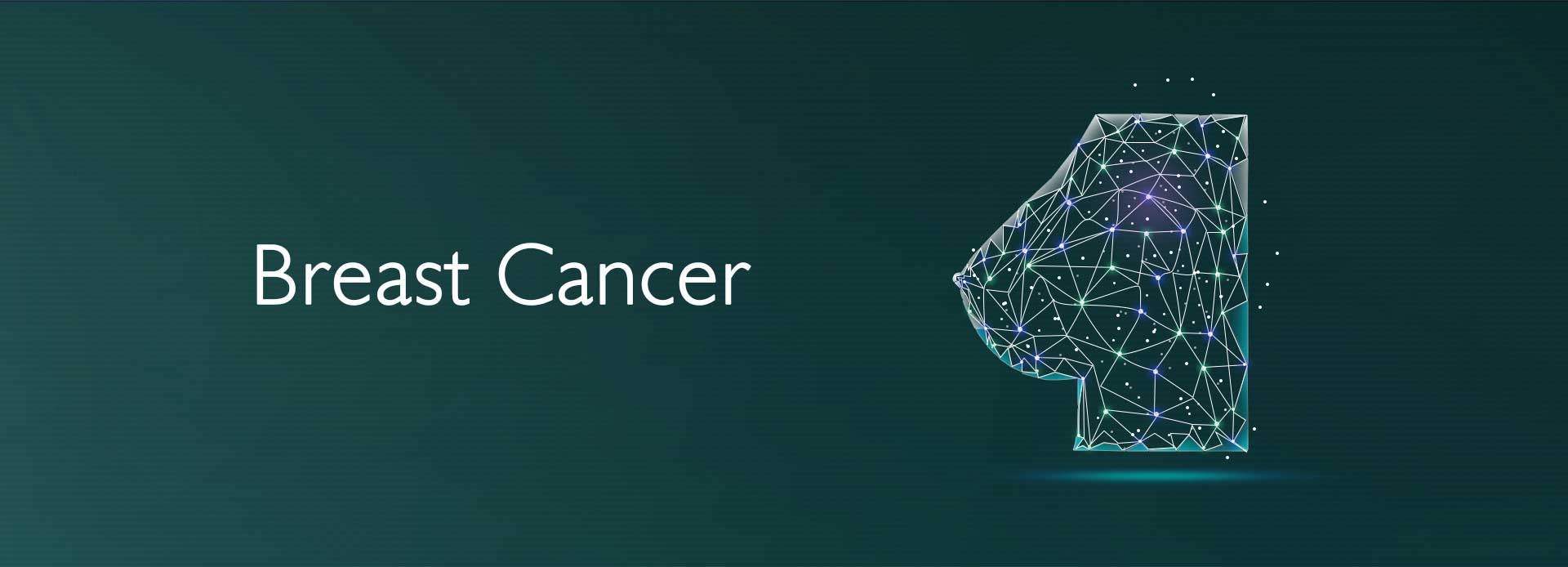.png)
Applicable Populations
The solution applies to breast cancer patients that need acquire molecular diagnostics information to help work out therapeutic regimens and expect to understand genetic risks of their families.

Due to the influence of work and living environment, for females, especially urban white-collar females, the probability of breast cancer becomes increasingly high. Breast cancer is the malignancy with the highest incidence for Chinese women. In China, more and more young females are attacked by breast cancer. According to the latest statistic data, new cases of breast cancer for female have reached 269,000 in 2015.
Scientific studies have verified that cancer is caused by the genetic mutation of human body, genetic mutation can lead to infinite proliferation of cells due to losing of normal control ability, eventually resulting in occurrence of cancer. While the targeted drugs can kill the tumor cells carrying specific gene variations, with apparent curative effects, therefore in several kinds of cancers, it is regarded as the first choice of treatment for advanced cancer patients. At present, targeted drugs of breast cancer approved by FDA including Herceptin, Everolimus, Lapatinib, Palbociclib, etc. However, these drugs only apply for some types of breast cancer patients.
The precondition of the precise medical treatment is the accurate diagnosis. The concept of molecular classification allows doctors to make the best treatment scheme according to the different biomarkers carried by the patients of breast cancer and relevant clinical status, finds the potential targeted drug available to the greatest extent and improves the therapeutic efficiency of anti-cancer drugs.
The occurrence of tumors is often accompanied by multiple gene variations and heterogeneity. As more and more driver genes of breast cancer targets have been found, the traditional single detection technology can’t meet the current detection needs. The second generation sequencing technology can realize parallel detection on multiple genes, saving samples compared to traditional detection methods and reaching higher technology sensitivity, to restore tumor mutation in a more real manner.
.png)
Applicable Populations
The solution applies to breast cancer patients that need acquire molecular diagnostics information to help work out therapeutic regimens and expect to understand genetic risks of their families.